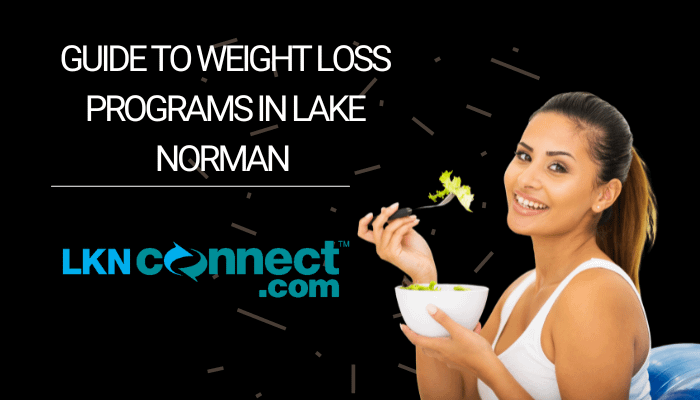Whether you are participating in sports, at the ballfield with your child, working in the garden, hanging out by the pool, on the boat at the lake, lounging on the beach or participating in one of many other outdoor activities, as the weather heats up, we need to be more aware of staying hydrated. What is your go to method for staying hydrated? Let’s explore some of the possibilities.

The most obvious of course is water. Often this is the easiest method of hydration and works most of the time. However, even when choosing this method, there are things to consider. Are you choosing single use bottles of water, jugs of bottled water, or a refillable water bottle? Today we are focusing on hydration, but in the future perhaps we will explore environmental concerns with each of these options. Also, you want to consider how your water is stored. Is it sitting in your hot car for long periods of time and if so, is it in a plastic container? You want to be drinking cool water, but not extremely cold since that could cause stomach cramps. Keeping your water cool is important, especially if you are using single use bottles of water.
You should have 8 oz of water before going outside or starting your activity. Don’t down it all at once, take some time and drink it while you are getting ready to go out. Once you are outside you want to be sure to consume 8 oz every 15-20 minutes. Drinking in shorter intervals is more effective for your body and allows for more of the water to be used by the body rather than just passing through. However, be sure not to consume more than 48 oz in anyone-hour period. It is possible to overhydrate and create problems within your body.
Another obvious one for many people is sports drinks. The marketing industry does a very good job of letting us know that all athletes and people who work or spend a lot of time outside, should be drinking these drinks. What is the downside to most of these drinks? Refined sugar, dyes and preservatives? So, although they may help with hydration, they may not be the best choice for your overall health, especially for children who may be sensitive to dyes and the effects they have on behavior. There are some good ones out there. You have to read labels and decide what works best for you and your family. One advantage of sports drinks is they provide electrolytes that your body may be losing due to excessive sweating. There are other ways to replace those electrolytes that are healthier. Coconut water is one example. If you choose plain, unsweetened coconut water you will be getting vital nutrients as well as salt, potassium, and carbohydrates.
Pinterest has a lot of recipes for DIY drinks and also recipes for bulk powders where you add a scoop to your water bottle, shake and you are ready to go. This way you control what goes in your drink and it is less expensive than purchasing commercial brands of sport drinks.
Some of the best foods for this purpose are watermelon, cantaloupe, oranges, strawberries, raspberries, pineapple, apples, cherries, grapes, pears, cucumbers, celery, tomatoes, zucchini, and bell peppers. So, pack some fresh fruits and vegetables and nibble on them while you are outside during the warmer weather. Adding a pinch of salt to either your food or your beverage will help replace the sodium lost from sweating. How about combining food and your water? Infused water is a great way to add extra nutrients to your water. There are water bottles with infusers incorporated into them. Add a slice of lemon, lime, cucumber, or a sprig of mint (or your favorite combination) to your water bottle and have a refreshing summer drink.
Don’t wait until you are already dehydrated to start replacing those fluids; however, be sure to know the signs of dehydration. Fatigue, light-headedness, headache, thirsty, lethargic, irritable, drowsy, confused, breathing faster, an elevated heart rate, less urination and darker urine when you do go are some of the signs.
Pam is a retired RN who loves helping people with their Wellness Journey, especially through food. Pam earned her Bachelor of Science in Nursing from UNC-Chapel Hill in 1979. Since retiring from nursing, she has stayed active in the Wellness Industry by helping people learn the importance of food and its effect on their body, including their DNA.



